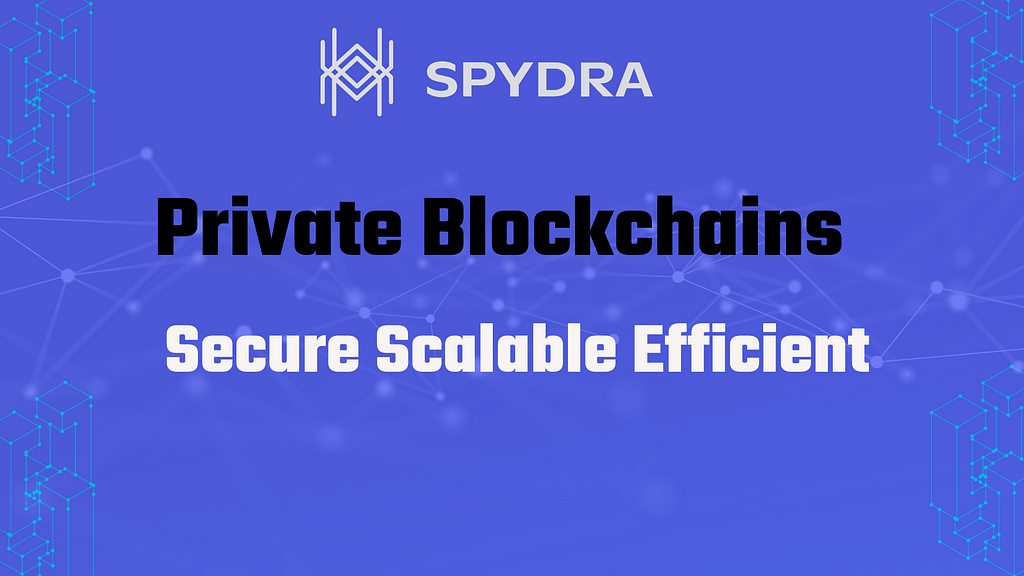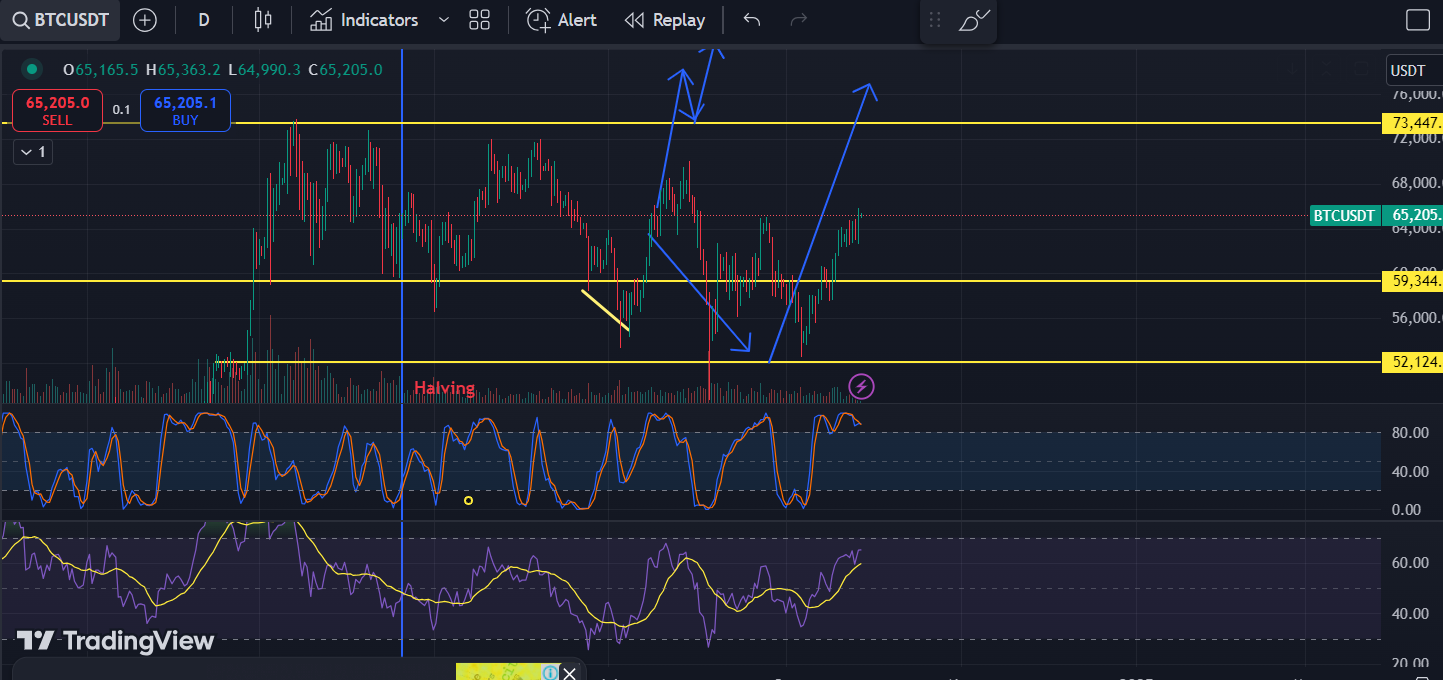
With private blockchains emerging as a game-changer for enterprises across various industries. At the forefront of this revolution is Hyperledger Fabric, an open-source, permissioned blockchain framework that’s rapidly gaining traction among the world’s top companies. This blog explores the reasons behind the growing adoption of private blockchains, particularly those built on Hyperledger Fabric, and how they’re reshaping the future of business operations.
The Rise of Private Blockchains in Enterprise
Private blockchains have become increasingly popular due to their ability to offer secure, controlled environments tailored for enterprise use. Unlike public blockchains, private networks provide businesses with the benefits of blockchain technology while maintaining control over data access and network participants.
Key Advantages of Private Blockchains:
- Enhanced Security and Privacy: Private blockchains allow businesses to restrict data visibility, making them ideal for handling sensitive information.
- Improved Performance: With a limited number of participants, private blockchains can achieve faster transaction processing speeds and greater scalability.
- Regulatory Compliance: The controlled nature of private blockchains makes it easier for businesses to adhere to industry regulations and data protection laws.
- Customization: Enterprises can tailor the blockchain to their specific needs, integrating it seamlessly with existing systems.
Hyperledger Fabric: The Leading Choice for Enterprise Blockchain
Hyperledger Fabric has emerged as the preferred solution for businesses venturing into blockchain technology. According to recent statistics, 38% of the top 100 global companies are implementing Hyperledger Fabric, a significant increase from 26% in the previous year 1. This surge in adoption is attributed to several key features that make Hyperledger Fabric stand out:
1. Modular Architecture
Hyperledger Fabric’s modular design allows for flexible and customizable components, making it adaptable to various business needs. This architecture enables enterprises to build blockchain solutions that align perfectly with their operational requirements.
2. Privacy and Confidentiality
For businesses dealing with sensitive data, Hyperledger Fabric offers robust mechanisms to ensure data privacy and confidentiality. This feature is crucial for sectors like finance, healthcare, and government services.
3. Performance and Scalability
Capable of handling high transaction volumes, Hyperledger Fabric is well-suited for large-scale operations. This scalability is essential for enterprises looking to implement blockchain solutions across their entire organization.
4. Smart Contracts (Chaincode)
Hyperledger Fabric’s smart contracts, known as chaincode, automate business processes and can be written in general-purpose programming languages. This flexibility allows developers to create complex, industry-specific applications with ease.
Industries Benefiting from Hyperledger Fabric
The versatility of Hyperledger Fabric has led to its adoption across various sectors:
Finance
Banks and financial institutions are leveraging Hyperledger Fabric to streamline processes such as cross-border payments, trade finance, and KYC (Know Your Customer) compliance. The technology’s ability to securely share information between trusted parties reduces fraud, lowers costs, and increases transaction speed.
Healthcare
In the healthcare sector, Hyperledger Fabric is used to securely manage patient records, streamline billing processes, and ensure the integrity of clinical trials. The immutability of blockchain records provides a reliable source of truth, enhancing patient data security and improving coordination among healthcare providers.
Supply Chain Management
Companies are using Hyperledger Fabric to track the movement of goods from origin to destination, ensuring transparency and traceability. This capability helps in reducing counterfeiting, improving inventory management, and fostering trust among supply chain partners.
Government Services
Governments are exploring Hyperledger Fabric for applications, including land registries, voting systems, and identity verification. The transparency and security provided by blockchain technology can improve the efficiency of public services and reduce the risk of corruption and fraud.
Case Studies: Hyperledger Fabric in Action
Hitachi’s Paperless Procurement
In June 2022, Hitachi announced its shift to paperless and secure procurement using Hyperledger Fabric. By implementing this blockchain solution, Hitachi has:
- Increased the number of contracts processed from 333 to over 400 per month
- Projected savings of 1,225 hours of labor each month upon full rollout
- Improved environmental Sustainability through paperless processes 1
MineHub: Revolutionizing the Mining and Metals Industry
MineHub, a blockchain-based platform for the mining and metals industry, utilizes Hyperledger Fabric 2.2 to improve supply chain efficiency. The platform:
- Digitizes supply chain transactions
- Links hundreds of companies in a decentralized collaborative environment
- Reduces the need for manual data entry and email-based communication 1
The Future of Private Blockchains and Hyperledger Fabric
As we look towards the future, several trends are shaping the landscape of private blockchains and Hyperledger Fabric:
1. Interoperability Solutions
The ability to communicate and share data between different blockchain networks will become increasingly important. Interoperability solutions will enable seamless data exchange and collaboration across various blockchain platforms, enhancing their overall utility and adoption.
2. Integration with Emerging Technologies
Private blockchains will increasingly integrate with other emerging technologies like AI, IoT, and edge computing. For instance, combining blockchain with IoT devices can create secure, immutable records of IoT data, valuable for applications like supply chain management and smart cities.
3. Regulatory Frameworks
As private blockchains become more prevalent, regulatory frameworks will evolve to address the unique challenges and opportunities they present. Collaboration between blockchain developers and regulators will be crucial to ensure compliance and facilitate widespread adoption.
4. Expansion of Blockchain Ecosystems
The ecosystem of tools, services, and integrations around private blockchains will continue to grow. This expansion will make it easier for businesses to deploy and manage blockchain networks, reducing barriers to entry and accelerating adoption.
Conclusion
The adoption of private blockchains built on Hyperledger Fabric represents a significant shift in how businesses approach data management, security, and operational efficiency. With its modular architecture, enhanced security features, and robust performance, Hyperledger Fabric is poised to play a central role in the evolution of enterprise blockchain technology.
As more businesses recognize the potential of private blockchains, we can expect to see continued innovation and growth in this space. The future of enterprise operations lies in the secure, transparent, and efficient solutions offered by platforms like Hyperledger Fabric, paving the way for a new era of digital transformation across industries.
For businesses looking to stay competitive in an increasingly digital world, exploring the possibilities of private blockchains built on Hyperledger Fabric is not just an option — it’s becoming a necessity. As the technology matures and adoption rates soar, those who embrace this revolutionary technology early will be well-positioned to lead in their respective industries.
Why Businesses Are Adopting Private Blockchains Built on Hyperledger Fabric was originally published in The Capital on Medium, where people are continuing the conversation by highlighting and responding to this story.

 3 hours ago
9
3 hours ago
9








 English (US) ·
English (US) ·